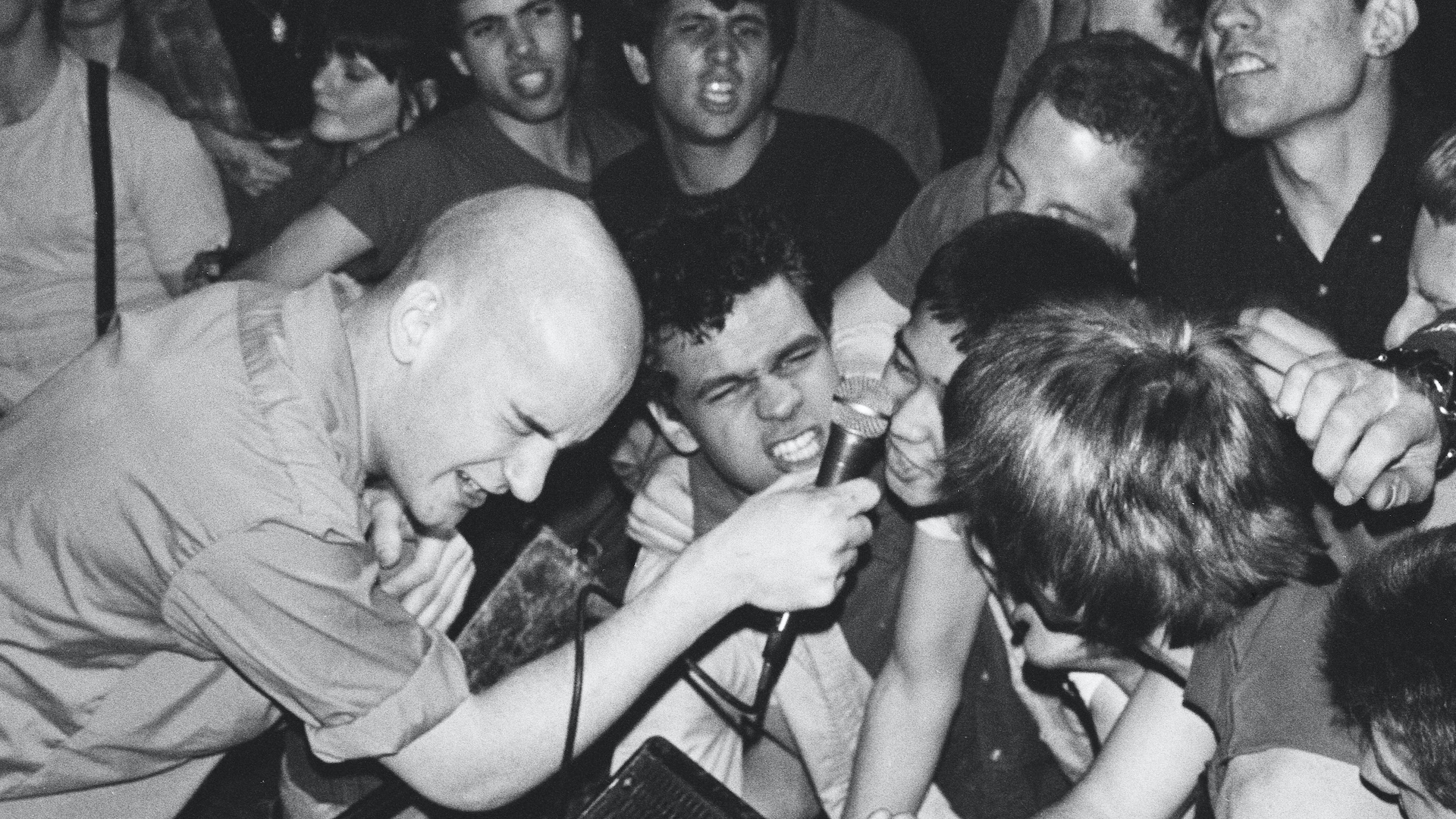World film festival, loud music in DC, young protesters

[ad_1]
At a stop, the worker cannot suppress the laughter as the elderly and digitally illiterate customer bemoans the lack of decent programming on television. “It’s fighting, shootings and dead children in garbage cans,†she said. “People have become so cruel. This is all due to the Internet. Then she and her friend chat with bloodthirsty glee about the latest heinous murders in the news.
In another house, a cable guy drinks vodka with a sweet, bearded old man, who shows him his collection of fossil shark teeth. Then, speaking about his new paintings, he admits they took a dark turn. He recently reflected on the tragic fate of the indigenous population of North America and the failures of the communist system to aspire to the ideals of Kropotkin’s anarchist philosophy.
Dark, funny, human and absurd, the jewel of Cuzuioc is a tribute to the great traditions of Eastern European cinema.
By Léo Mattei and Alex Gohari «On the lineDon’t offer a lot of laughs. It examines U.S. residents who were deported to Mexico while living most of their lives in the United States, where they kept jobs and had families. Now they have to reinvent themselves in a country where they truly are strangers, finding employment in a foreign land and struggling with loneliness as they desperately maintain contact with loved ones at home over the phone and the internet.
These include Rocio, a small business owner and grandmother who has lived in the United States for 31 years. She was deported when she had a son in the military, serving overseas. Robert Avila is a Vietnam veteran who lived in the United States his entire life before being “repatriated” to Mexico. Sergio is a father and grandfather who was swept away by ICE and taken away. He had been in the United States since he was 3 years old.
They all live in miserable apartments in Tijuana – when Rocio’s daughters visit them, they are taken aback by his primitive living conditions.
Robert rarely leaves his room because of a crime outside. He worked from there as a telemarketer, setting up loans for clients in the United States, while drinking beer and watching news and sports on TV. Sergio also works in telemarketing at a huge call center where they sell flowers – also to American customers.
Although apparently kicked out of the country because they might steal jobs from Americans, Robert and Sergio, like many in their situation, are doing these jobs in Mexico anyway because they have been outsourced by American companies. Anyone who benefits from these policies is not working class Americans.
Go to www.worldwidecinemaframes.com/global-cinema-film-festival.

Pogo time near the Potomac
In the 1970s, punk rock flourished among the young nihilists and dispossessed of London, New York and Los Angeles. He was slow to grow in this bond of nihilism and dispossession Washington DC James June Schneider and Paul Bishow »Punk the capital»Traces the steady rise of the movement in the shadow of the halls of power.
By 1976, the city was small, stuffy, provincial, with a predominantly black population, not exactly the best breeding ground for a genre that appeals to disgruntled white children. But limits turned out to be forces, concentrating the energies and peculiarities of the scene, and the result was a distinct and eclectic confluence of influences and inclinations that evolved through the ’70s and into the’ 80s.
The filmmakers draw on a wealth of stock footage that includes a clip from a children’s TV show in which an elementary school interviewer asks Frank Zappa, Kim Kane of the Slickee Boys, why the group started music, â€he explains). Another highlight is a performance by White Boy, a father-son duo in which the former, an executive of a printing company, wears a costume and wig made from a green toilet seat cover. and blow obscenities. They are actually quite good.
Other DC alumni interviewed included Henry Rollins, later of Black Flag, and the Bad Brains, an all-black group inspired by Napoleon Hill’s 1959 self-help bestseller “Success Through a Positive Mental Attitude.” They would become DC’s best known and most influential punk band until, inevitably, they emigrated to New York City. An exhilarating, strange and enlightening visit of an unknown musical landscape.
“Punk the Capital” can be broadcast via the Brattlite at the Brattle Theater. Go to www.brattlefilm.org.

Children’s crusade
As young people prepare to return to class, they may be at greater risk from the scourge of gun violence than from COVID-19, making Kim Snyder’s documentary “We childrenâ€(2020) all the more relevant.
In it, it follows the survivors of the 2018 Marjory Stoneman Douglas High School mass shooting in Parkland, Florida. Seventeen students and faculty members were killed. These survivors have toured the country to campaign for gun control laws and are traveling from city to city to carry their message. Their resilience and dedication is impressive, as is their courage when threatened online, hounded in the streets, or trapped by armed protesters. Samantha Fuentes, seriously injured in the attack, gives exciting speeches, despite her fear of seeing a gunman in the audience. David Hogg, one of the organizers, is confident in the face of death threats and slander from the right-wing media.
Perhaps the most uplifting moments in the film come when the kids confront those who oppose them and discuss issues. They always end up disagreeing but shaking hands – a breakthrough in dialogue that doesn’t seem likely now in this time of irrationality and rage.
“Us Kids†can be shown through the Coolidge Corner virtual cinema. Go to coolidge.org.
Peter Keough can be reached at [email protected].
[ad_2]
